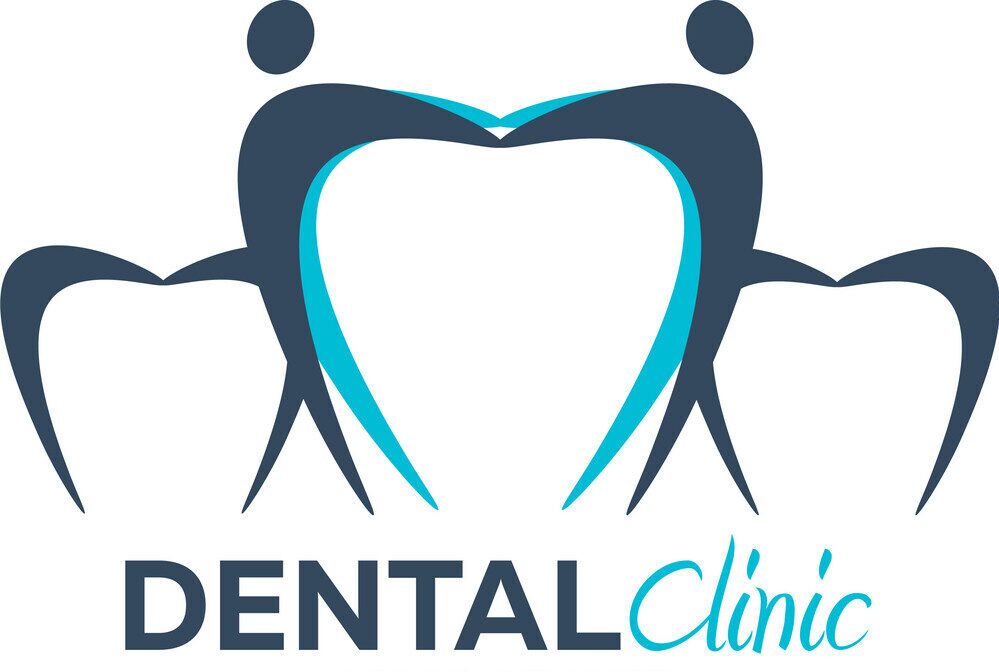Here is the list of the Top Cosmetic Dentists in Brooklyn County, NY City, USA.
Baltimore
Austin
Is dentistry at risk of automation?
The integration of artificial intelligence (AI) and automation in healthcare is rapidly transforming how dental services are delivered. While these advancements promise increased efficiency, accuracy, and accessibility, they also raise critical questions about the future of dental professionals and the risks associated with over-reliance on technology. This article explores whether dentistry is truly at risk of automation, examining the current state, potential benefits, risks, ethical considerations, and the future outlook for the profession.
1. Introduction: The Rise of AI and Automation in Dentistry
AI and automation have become buzzwords in healthcare, with dentistry embracing these technologies at an unprecedented pace. From AI-powered imaging systems to robotic surgical assistants, digital innovations are reshaping diagnostics, treatment planning, and patient management. However, this technological revolution is not without its challenges and controversies.
2. Current Applications of AI and Automation in Dentistry
Diagnostics and Imaging
- AI algorithms analyze dental radiographs and 3D scans to detect caries, cancerous lesions, and other abnormalities with high accuracy.
- These systems can flag potential issues faster than traditional methods, supporting early intervention.
Treatment Planning
- AI tools synthesize patient data to create precise, personalized treatment plans, improving outcomes and efficiency.
Administrative Automation
- AI-powered scheduling systems reduce no-shows and optimize appointment management.
- Virtual assistants and chatbots handle patient inquiries, streamlining communication.
Emerging Technologies
- Predictive analytics anticipate oral health issues, enabling preventive care.
- Robotic systems assist in delicate procedures, such as dental implant placement, enhancing precision.
3. Potential Benefits of Automation in Dentistry
- Improved Diagnostic Accuracy: AI can identify subtle patterns in imaging that may be missed by the human eye.
- Efficiency Gains: Automation streamlines administrative tasks and clinical workflows, allowing dental professionals to focus on patient care.
- Personalized Care: Data-driven insights enable tailored treatment plans.
- Expanded Access: Teledentistry and remote diagnostics powered by AI can reach underserved populations.
4. Risks and Limitations of Automation in Dentistry
Despite its promise, automation in dentistry introduces several significant risks:
Diagnostic Errors and “Black Box” Problem
- AI models can misinterpret data, leading to incorrect diagnoses or treatment recommendations.
- The decision-making process of many AI systems is opaque, making it difficult for clinicians to explain or justify AI-driven decisions to patients.
Loss of Human Touch
- AI lacks empathy and the ability to provide compassionate reassurance, which is vital in patient care.
- Miscommunication or impersonal delivery of diagnoses can heighten patient anxiety.
Job Displacement
- As AI takes over tasks like radiology and diagnosis, there is a real risk of job loss or role reduction for dental professionals.
- Dental assistants and hygienists may be particularly vulnerable to automation-driven redundancy.
Data Privacy and Security
- AI systems require vast amounts of patient data, raising concerns about data breaches and compliance with privacy regulations such as HIPAA.
- Sensitive patient information could be exposed to cyber threats if not properly safeguarded.
Algorithmic Bias
- AI tools trained on non-representative datasets may produce biased outcomes, exacerbating disparities in dental care for marginalized communities.
Ethical and Legal Concerns
- Overreliance on AI can blur lines of responsibility and accountability in case of malpractice.
- Lack of transparency in AI use may erode patient trust.
5. The Human Element: Why Dentists Remain Irreplaceable
While AI excels at data analysis and pattern recognition, dentistry is fundamentally a hands-on, patient-centered profession. Key reasons why full automation is unlikely include:
- Complex Manual Skills: Many dental procedures require fine motor skills, adaptability, and real-time judgment that current robots cannot replicate.
- Patient Communication: Explaining diagnoses, discussing treatment options, and providing emotional support are essential aspects of dental care that require human empathy and understanding.
- Ethical Decision-Making: Dentists must navigate complex ethical dilemmas, weighing patient preferences, clinical evidence, and societal factors.
6. Case Studies: Where AI Has Succeeded and Failed
Success Stories
- AI-driven imaging tools have improved early detection rates for dental caries and oral cancers, leading to better patient outcomes.
Cautionary Tales
- Instances where AI provided incorrect or incomplete diagnoses, resulting in patient distress or unnecessary procedures.
- Data breaches exposing sensitive patient information due to inadequate cybersecurity measures.
7. Regulatory and Compliance Challenges
- Data Protection: Ensuring compliance with regulations like HIPAA (USA) and PIPEDA (Canada) is critical when using AI systems that process patient data.
- Liability Issues: Determining responsibility in cases where AI-driven recommendations lead to adverse outcomes remains a legal gray area.
- Transparency Requirements: Patients must be informed when AI is used in their care, and clinicians must be able to explain AI-driven decisions.
8. Strategies for Safe Integration of AI in Dentistry
- Strengthen Data Security: Invest in robust cybersecurity solutions and conduct regular audits to protect patient information.
- Continuous Training: Ensure dental teams are well-versed in interpreting AI outputs and understanding system limitations.
- Maintain Human Oversight: Use AI as a supportive tool rather than a replacement for professional judgment.
- Monitor for Bias: Regularly assess AI systems for fairness and inclusivity to prevent disparities in care.
9. Future Outlook: Will Dentists Be Replaced?
While automation will undoubtedly reshape the dental profession, complete replacement of dentists is unlikely in the foreseeable future. Instead, the role of dental professionals will evolve:
- Enhanced Roles: Dentists will increasingly act as supervisors of AI systems, focusing on complex cases and patient interaction.
- New Opportunities: Emerging fields such as dental informatics and AI system management will create new career paths.
- Lifelong Learning: Continuous education will be essential to keep pace with technological advancements.
10. Comparative Table: AI vs. Human Dentists
| Aspect | AI/Automation in Dentistry | Human Dentists |
|---|---|---|
| Diagnostic Speed | Rapid analysis of large datasets | Slower, manual review |
| Diagnostic Accuracy | High (for specific tasks, e.g., imaging) | High, but subject to fatigue/error |
| Manual Procedures | Limited (robotics in early stages) | Skilled, adaptable, nuanced |
| Patient Communication | Lacks empathy, scripted responses | Empathetic, nuanced, adaptable |
| Data Privacy | Vulnerable to breaches if not secured | Typically more secure, less data sharing |
| Bias and Fairness | Prone to algorithmic bias | Prone to human bias, but can self-correct |
| Cost | High initial investment, lower long-term cost | Ongoing labor costs, training required |
| Legal/Ethical Oversight | Unclear, evolving | Well-established, regulated |
For more on dental professions, see the American Dental Association (ada.gov).
11. Frequently Asked Questions (FAQ)
Q1: Can AI completely replace dentists?
No, while AI can automate certain tasks such as diagnostics and administrative work, the hands-on, empathetic, and ethical aspects of dentistry require human professionals.
Q2: What dental jobs are most at risk of automation?
Roles focused on repetitive tasks, such as radiology interpretation and administrative scheduling, are more susceptible to automation.
Q3: How can dentists protect their careers in the age of automation?
By embracing lifelong learning, focusing on patient-centered care, and developing skills in technology management, dental professionals can remain indispensable.
Q4: Are there risks to patient safety with dental AI?
Yes, risks include diagnostic errors, data privacy breaches, and lack of transparency in AI decision-making.
Q5: How can dental practices safely integrate AI?
By ensuring robust data security, ongoing staff training, maintaining human oversight, and monitoring for bias, practices can harness AI’s benefits while minimizing risks.
Q6: Will AI make dental care more accessible?
Potentially, through teledentistry and remote diagnostics, AI can expand access to care, especially in underserved areas.
12. Conclusion
Dentistry is at a crossroads. While automation and AI offer transformative potential, they also introduce new risks and uncertainties. The future of dentistry will not be defined by the replacement of human professionals, but by the synergy between skilled clinicians and intelligent machines. By prioritizing patient safety, ethical standards, and continuous education, the dental profession can harness the power of technology while preserving the human touch that lies at its core.

